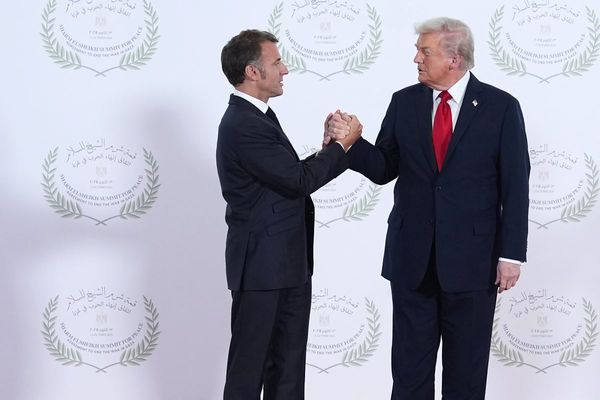
Australia is pivoting its defence mindset to put a greater focus on being able to strike potential adversaries well before they can be seen from its shores.
Defence Minister Richard Marles says the purchase of nuclear-powered submarines from either the US or UK will underpin the transition to "impact projection".
Such a mindset means Australia would be able to keep a threat at bay in the Indo-Pacific as opposed to just defending the nation's shoreline.
"That is a different mindset than we've had before," Mr Marles told a Submarines Institute conference in Canberra on Tuesday.
The purpose of the subs is to use their stealth to put a question mark in the mind of adversaries about what an Australian response would entail if attacked.
"If our strategic setting going forward needs to be more like a porcupine, then that question mark in our adversaries mind is really, really important," Mr Marles said.
Navy chief Vice Admiral Mark Hammond said Australian nuclear-powered submarines would "absolutely play a critical role" in the region.
Australia relies on sea trade and communication cables as an island nation.
"You don't need to invade a country to hold it at risk," Vice Admiral Hammond told the institute.
The navy chief references the volcanic eruption in Tonga thtat knocked out communications in the island nation for three weeks after damaging an undersea cable.
"We are no different," he said.
"We are a larger island but we are absolutely dependent on those seabed cables that connect us with the global trading system, the global financial system."
He said nuclear-powered submarines would enable power projection thousands of kilometres away, saying they would give Australia a technological advantage "for decades to come".
Mr Marles said Australia needed to start developing a domestic industry immediately to be ready to both build the subs and train personnel ahead of their expected arrival in the late 2030s.
Navy submarine director Tom Phillips said works to extend the life of the Collins class from 2026 is fraught with challenges but it was "bringing all forces to bear" to reduce the risk of any capability gap.
Mr Marles will receive the final report on Australia's preparedness and capability gaps early next year.
The costs of the cancelled French submarine contract are also lingering over the government's bottom line, with $590 million in writedowns and staff lay-off costs on top of the contract break fee.
It includes over $300 million in the writedown by Australian Naval Infrastructure and $290 million to help re-employ staff who lost their jobs when the contract was cancelled.
ANI head Andrew Seaton admitted parts of the $470 million South Australian naval yard would likely have to be torn down but some facilities could be repurposed for the nuclear subs program.
But Mr Seaton said an accurate figure was hard to provide given facilities expecting to be used in the future couldn't appear on the books without a defined use for them currently.
"So we have written them down but I have a full expectation in the future we might write that assets back onto our books," he told a Senate estimates hearing.







